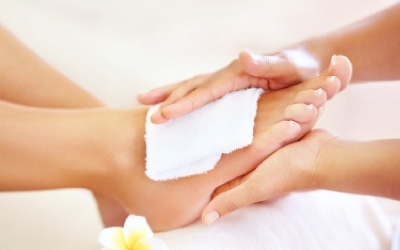How Those Painful Foot Problems Might all be in the Genes
Foot problems are remarkably common and the root of many of these problems is obvious – it’s because of poorly fitting footwear. However, even when we appear to punish our feet by forcing them into fashionably narrow or high shoes, we’re not the only ones to blame for those painful ailments that afflict our feet.
In fact, a lot of the things that make us wince every time we put our shoes on can be put down to our genes. Yes, blame your parents for passing on those hereditary problems. According to a new study by researchers at Harvard Medical School for the Framington Foot Study, bunions – those ungainly and painful bulges that emerge at the base of the big toe – are a “highly heritable” condition.
The research team looked at the genetic data and from foot examinations of more than 1,300 participants and concluded that common foot conditions such as high arches and hammertoe are likely to be inherited.
Hammertoe is a condition in which the toe joints become permanently bent and the Harvard team concluded this might develop because an individual is born with a specific foot shape. Bunions affect around 23% of people aged 18-65 and 36% of those over the age of 65 – the symptoms of a bunion are inflammation around the joint of the big toe, a bulging bump at its base and pain. As the bunion grows, it pushes the big toe towards the other toes and forces them into unnatural positions, and when the pain becomes intolerable, surgery is often recommended. This is a major operation involving cutting the bone and realigning it.
This research is the first time any potential link between genetics and foot problems has been explored. It is known that women are more likely to develop bunions than men and in the past this was put down to the high heels and narrow fitting shoes they were more inclined to wear.
Now the work by the Harvard team has confirmed that foot problems may not be your fault but if you do wear those ill-fitting shoes, you are likely to exacerbate the problem. Their findings were published in the journal Arthritis Care & Research.


Comments are closed.